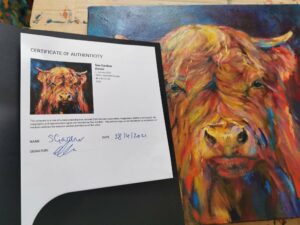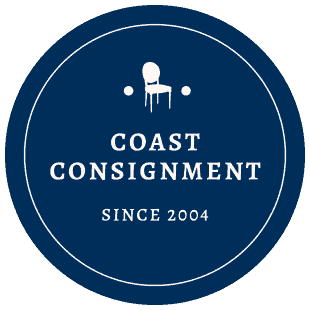Provenance
August 9, 2023
What is Provenance and why is it important?

Provenance is the documented history of ownership, custody and authenticity of artwork or object.
It plays a crucial role for several reasons:
- Authenticity & Trust
- Market Value
- Historical Significance
- Cultural Significance
- Legitimate Ownership
- Exhibition and Loan Opportunities
- Legal & Ethical Considerations
- Art Market Transparency
- Cultural Heritage Preservation

Forgery is a an evolving and growing issue in the art world. Some experts say that as much as half of all art on the international market may be fake and forgeries in the art, antiquities and wine world is on the rise and is a large part of organized crime activity and money laundering.
Art Buyer’s, Galleries, Collectors and Museums rely on Provenance to help authenticate works to ensure they are procuring a genuine piece and not a forgery. Trust is essential in a healthy marketplace and provenance helps build trust.
Well documented provenance can also increase an artwork’s market value as the piece will then be seen as more credible and will increase the piece’s appeal to buyer’s and collectors.
Provenance can offer insight into the artwork’s historical and cultural significance and assist historians and researchers to understand an artwork’s journey through time which can contribute to a better understanding of art history and the social, economic and artistic influences that shaped an artist’s work. Provenance can also aid in retaining valuable historical information.
When doing professional appraisals for estates, I often run into issues with family members disputing ownership of an important piece be it a painting, sculpture or other object. Provenance can and does assist in the resolution of ownership disputes and help establish the rightful owner’s claim on a piece. This can be very important for re-uniting pieces with legitimate owners of pieces that may have been stolen or looted during times of conflict.
Many people ask me to appraise pieces for potential donation to museums, galleries and large public institutions often for tax purposes. A complete provenance will help to ensure the piece’s eligibility for donation and/or gifting purposes.
Maintaining good provenance records will help keep the art market transparent and accountable which benefits all of that enjoy buying, collecting, selling and just admiring artwork at galleries and museums throughout the world.
Provenance can include:
- Original invoice
- Signed statement of authenticity from the artist or an expert
- An appraisal of the piece from an expert
- Original gallery sales receipt
It’s important to store this kind of information in a safe place. Original paperwork and copies can be kept in a safe or safety deposit box and digitizing the paperwork and storing it in Cloud based storage as well as an external hard drive is good practice.


